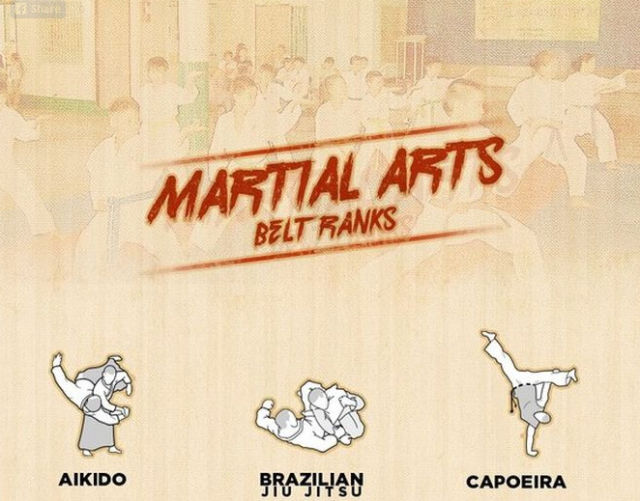Unveiling The Selection Of Martial Arts Disciplines: An Overview From Martial Arts To Taekwondo
Unveiling The Selection Of Martial Arts Disciplines: An Overview From Martial Arts To Taekwondo
Blog Article
Staff Writer-Borch Lemming
Are you tired of feeling overwhelmed by the huge globe of martial arts? With so many styles to select from, it can be very easy to obtain lost in a sea of punches, kicks, and strange names. Yet worry not!
This conversation will debunk the different martial arts designs, taking you on a journey from the powerful strikes of Karate to the vibrant kicks of Taekwondo. Prepare to discover the beginnings, techniques, and ideologies behind these old art kinds.
So, tighten your belt and prepare to embark on an enlightening exploration into the exciting world of martial arts.
Origins of Martial Arts Styles
The beginnings of martial arts styles can be traced back to old civilizations and their requirement for protection and combat techniques. Throughout history, various societies established their own special methods of battling, each with its very own collection of strategies and ideologies.
In China, for example, martial arts designs such as Kung Fu and Tai Chi were created as a way of self-defense and enhancing physical and mental wellness.
In Japan, the samurai warriors developed styles like Martial arts and Judo, focusing on technique, precision, and mastery of the body.
In a similar way, in Korea, Taekwondo became a fighting style highlighting high kicks, rapid motions, and psychological fortitude.
These early human beings laid the foundation for the varied range of fighting styles designs that exist today, each with its own rich background and social significance.
Methods and Training Approaches
To master fighting styles styles, practitioners have to discover numerous strategies and training methods.
Techniques are the specific activities and actions used in combat, such as strikes, kicks, tosses, and blocks. Different fighting styles designs have their very own special set of strategies that professionals need to master with strenuous training.
Educating techniques vary depending upon the design, but they generally include a combination of physical conditioning, drills, sparring, and types.
Physical conditioning is vital to build toughness, adaptability, and endurance. Drills aid specialists fine-tune their techniques and enhance their rate and accuracy.
Competing enables professionals to practice their strategies in a managed, realistic atmosphere. Kinds, likewise called kata, are deliberate sequences of motions that aid experts establish muscle memory and emphasis.
Viewpoints and Concepts
Exploring the philosophies and concepts of martial arts styles can give you with a deeper understanding of your picked technique. Each martial art has its very own unique approach and collection of guiding concepts that form the way it's practiced.
For https://israelisckt.dreamyblogs.com/33601512/exploring-the-spiritual-facet-of-fighting-style-finding-inner-peace , Karate stresses discipline, regard, and self-control. It instructs practitioners to concentrate their body and minds, allowing them to safeguard themselves while keeping a feeling of internal tranquility.
On https://www.thephuketnews.com/panipak-makes-taekwondo-history-in-eternal-city-88531.php , Taekwondo puts a solid emphasis on speed, dexterity, and adaptability. Its concepts are rooted in the tenets of courtesy, integrity, perseverance, self-constraint, and unbeatable spirit.
Conclusion
Since you have actually discovered the origins, techniques, and viewpoints of different martial arts styles, you have a much deeper understanding of these old self-controls.
Visualize a young karate trainee, practicing with unwavering determination and emphasis, appearing boards with a powerful punch.
Their trip showcases the commitment and strength called for to understand a martial art, advising us that with technique and determination, anything is possible.
